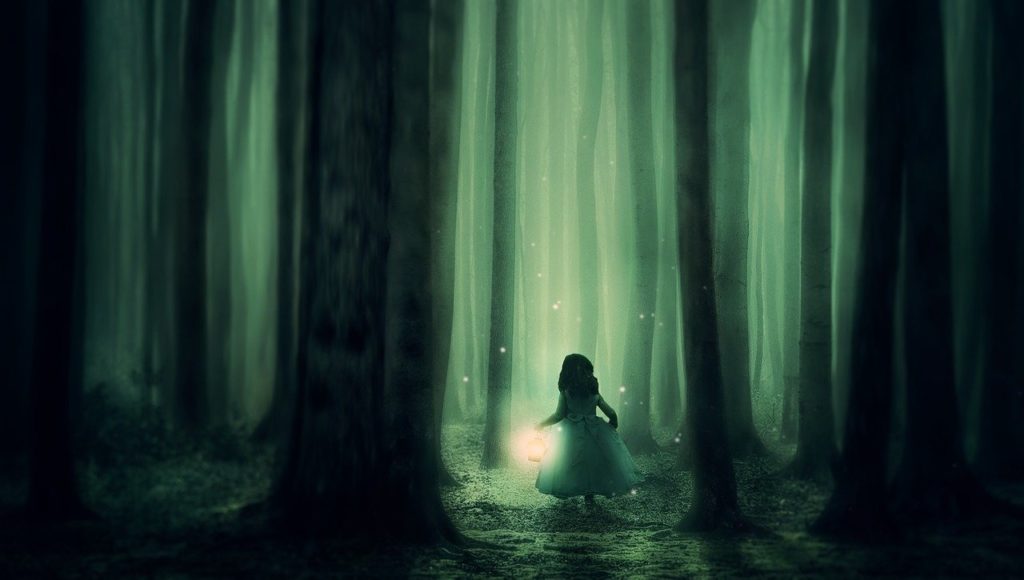
Fairy tales are some of the oldest stories in existence. In one form or another, these stories have been told time and time again—admittedly to entertain, but also to teach.
The details vary from culture to culture—Europe gave us Hansel and Gretel using their wits to get away from a ravenous witch, whereas Brer Rabbit and his tricky antics originate in the antebellum American South—but the underlying messages remain the same: there is no obstacle that can’t be overcome if we’re smart, steadfast, and not above being strategically committed to objective truths.
Why Fairy Tales Are Important
Fairy tales are, at their core, heightened portrayals of human nature that reveal, as the glare of injury and illness does, the underbelly of humanity. Both fairy tales and medical charts chronicle the bizarre, the unfair, the tragic. And, the terrifying things that go bump in the night are what doctors treat at 3 a.m. in emergency rooms. We use cultural stories to help us understand life experiences. We also use these social stories to guide our actions to better navigate what life throws at us.
Brand Lovers and their Cultural Stories
Another way to refer to fairy tales, and other old, eternal narratives, is as cultural stories. In Brand Modeling, we focus on understanding the cultural stories that influence our Brand Lovers.
Although we seldom articulate our connection to cultural stories, cultural stories connect people to their ideal selves. These are symbolic road maps we use to navigate our way through life; they are strategic touchstones to reference as we move forward from where we are to where we want to be.
Cultural stories provide the framework we see ourselves in—as individuals and in relationship to others. This is where cultural stories guide purchasing behavior.
What are the stories that most influence your Brand Lovers?
